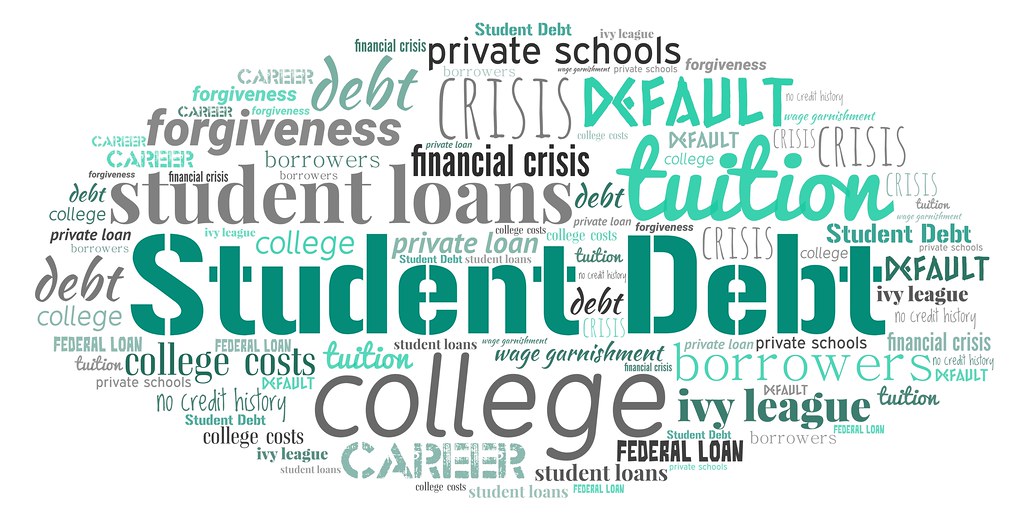Navigating Loan Defaults in India: Understanding the Consequences and Solutions
In India’s diverse financial landscape, loans are a common means of accessing funds for various purposes, from purchasing a home and pursuing higher education to starting a business. However, in the complex world of finance, situations can arise where borrowers find it challenging to meet their loan obligations. When borrowers are unable to make their scheduled loan payments, it results in a loan default. This comprehensive guide explores loan defaults in India, understanding the consequences for borrowers and lenders, and providing insights into potential solutions for those facing financial distress.
Understanding Loan Defaults
A loan default occurs when a borrower fails to make the scheduled loan payments according to the terms and conditions outlined in the loan agreement. Loan defaults can happen for various reasons, such as financial hardship, unexpected expenses, job loss, or business failure.
Key points to understand about loan defaults:
- Missed Payments: A loan default typically begins with missed payments. When a borrower misses an EMI (Equated Monthly Installment) or loan payment, it raises concerns for both the borrower and the lender.
- Grace Periods: Some loan agreements may include a grace period, allowing borrowers a certain number of days after the due date to make their payment without incurring penalties.
- Late Payment Penalties: Loan agreements often stipulate penalties for late payments. Borrowers may face additional charges, a higher interest rate, or a negative impact on their credit score.
- Debt Collection: Lenders typically follow a series of collection efforts, which may include sending reminders, contacting the borrower, and, in some cases, involving third-party collection agencies.
- Loan Default Declaration: If the borrower fails to make payments for an extended period, the lender may declare the loan as in default. This marks a significant step in the process, and it usually involves more serious collection efforts.
Consequences of Loan Defaults for Borrowers
Loan defaults can have serious consequences for borrowers in India:
- Credit Score Impact: A loan default significantly affects the borrower’s credit score. A lower credit score can limit the ability to access credit in the future and lead to unfavorable loan terms.
- Legal Actions: Lenders have the right to take legal action to recover the defaulted loan amount. This may involve filing a lawsuit and obtaining a court judgment against the borrower.
- Asset Seizure: In cases of secured loans, such as home loans and car loans, the lender has the right to seize the collateral used to secure the loan if the borrower defaults.
- Debt Collection Agencies: Lenders may engage third-party debt collection agencies to recover the outstanding loan amount. These agencies may use various methods to collect the debt, including phone calls and letters.
- Loan Settlement Offers: Some borrowers may receive settlement offers from lenders, allowing them to repay a portion of the outstanding balance to clear the debt. However, this can still impact the borrower’s credit score.
- Credit Report Impact: A loan default remains on the borrower’s credit report for a considerable time, typically seven years. It can hinder access to future credit and impact employment prospects.
Consequences of Loan Defaults for Lenders
Lenders also face consequences when borrowers default on loans:
- Financial Losses: Loan defaults result in financial losses for lenders. They may not recover the entire loan amount, especially in cases of unsecured loans.
- Operational Costs: Pursuing loan defaults involves operational costs for lenders, including legal expenses and collection agency fees.
- Non-Performing Assets (NPAs): Loan defaults contribute to the lender’s non-performing assets, which can affect their financial stability.
- Reduced Profitability: Loan defaults reduce the lender’s profitability as they write off bad loans as losses.
- Strained Resources: Managing loan defaults diverts resources away from other productive activities, impacting overall efficiency.
Solutions for Borrowers Facing Loan Defaults
For borrowers in India who find themselves facing loan defaults, there are several strategies and solutions to consider:
1. Communication with Lender
Open and transparent communication with the lender is crucial. If you anticipate a situation where you may miss payments, reach out to the lender immediately. Some lenders may offer temporary relief options or loan restructuring.
2. Debt Restructuring
Debt restructuring involves modifying the terms of the loan to make it more manageable for the borrower. This may include extending the loan tenure or reducing the interest rate.
3. Loan Settlement
In some cases, borrowers may be able to negotiate a loan settlement with the lender. A settlement allows the borrower to repay a portion of the outstanding balance in a lump sum, which can be less than the original loan amount.
4. Debt Management Plans
Debt management plans, often provided by credit counseling agencies, offer structured approaches to repay debts. These plans typically involve making single monthly payments to the credit counseling agency, which then distributes the funds to creditors.
5. Asset Sale
Borrowers with secured loans who are unable to make payments may consider selling the collateral (e.g., a car or property) to repay the loan. While this may lead to asset loss, it can help avoid legal consequences and credit score damage.
6. Seek Legal Advice
If a borrower is facing legal actions or feels that their rights are being violated, they should seek legal advice to understand their options and protect their interests.
Avoiding Loan Defaults in India
To prevent loan defaults in India, borrowers can take proactive steps to manage their finances:
- Budgeting: Create a detailed monthly budget to track income and expenses. Allocate a portion of the budget for loan payments and ensure they are made on time.
- Emergency Fund: Build an emergency fund to cover unexpected expenses, such as medical bills or car repairs. This reduces the risk of defaulting on loans due to unforeseen financial setbacks.
- Regular Monitoring: Monitor loan accounts regularly to ensure there are no discrepancies in the EMI deductions and that payments are made on time.
- Debt Management: Avoid accumulating excessive debt and practice responsible borrowing. Only borrow what you can afford to repay.
- Financial Counseling: Seek financial counseling or education to better understand financial management and debt control.
- Negotiate Terms: If facing financial difficulties, approach the lender to discuss the possibility of restructuring or modifying the loan terms.
- Avoid Borrowing to Repay Debt: Refrain from taking out new loans to repay existing debt. This can lead to a debt cycle that is difficult to break.
The Role of Regulatory Authorities
Regulatory authorities in India play a crucial role in regulating the lending and borrowing practices to protect the interests of both borrowers and lenders. Key regulatory bodies include:
- Reserve Bank of India (RBI): The RBI regulates banks and non-banking financial companies (NBFCs) in India. It issues guidelines to promote responsible lending and protect consumers.
- Securities and Exchange Board of India (SEBI): SEBI oversees financial markets, including bonds and debentures. It ensures that financial products adhere to regulatory standards.
- Credit Information Companies: Agencies like CIBIL, Experian, and Equifax maintain credit information of individuals. They provide credit reports and scores to lenders to assess a borrower’s creditworthiness.
Conclusion
Loan defaults in India can be a challenging and complex situation for both borrowers and lenders. It’s crucial for borrowers to understand the consequences of loan defaults and take proactive steps to prevent them. Open communication with the lender and exploring solutions such as debt restructuring, settlements, and debt management plans can provide relief to borrowers in financial distress.
For lenders, the ability to efficiently manage loan defaults and follow responsible lending practices is essential to protect their financial stability and minimize losses. Regulatory authorities play a critical role in ensuring that lending institutions adhere to fair and transparent lending practices. Navigating loan defaults is a multifaceted issue, and informed financial management is key to avoiding these challenges and maintaining financial well-being.




